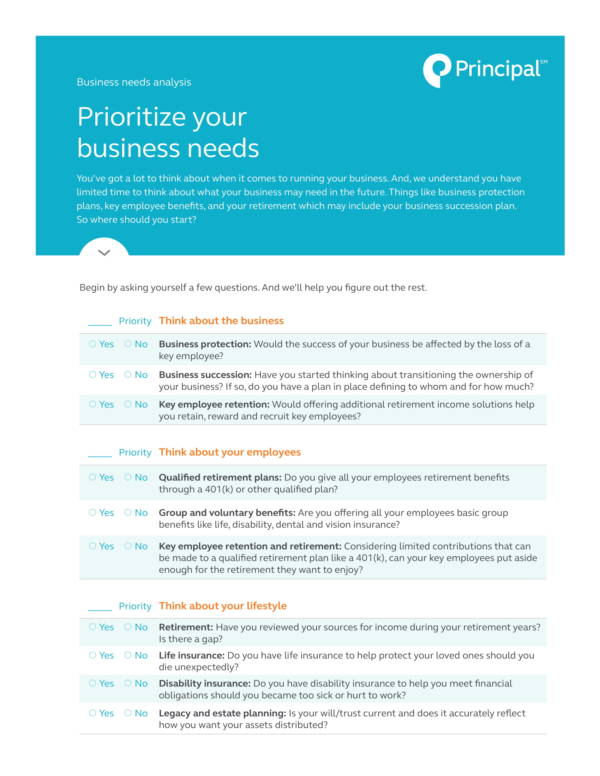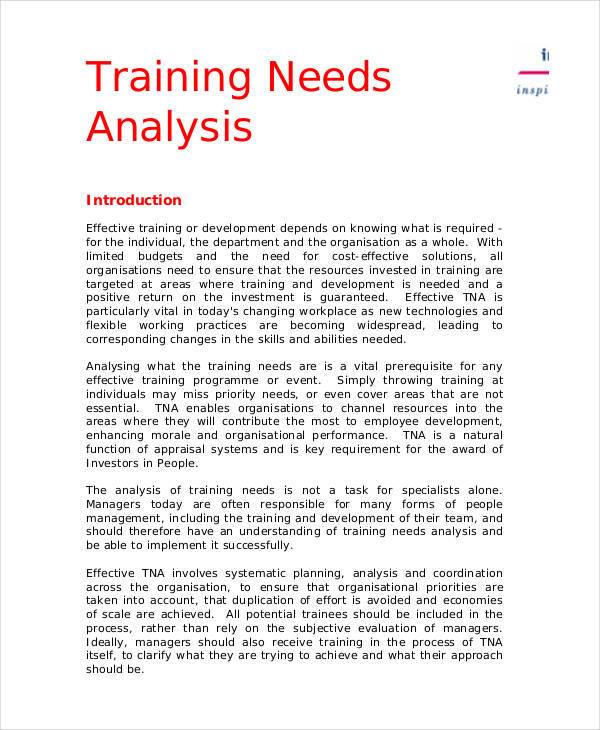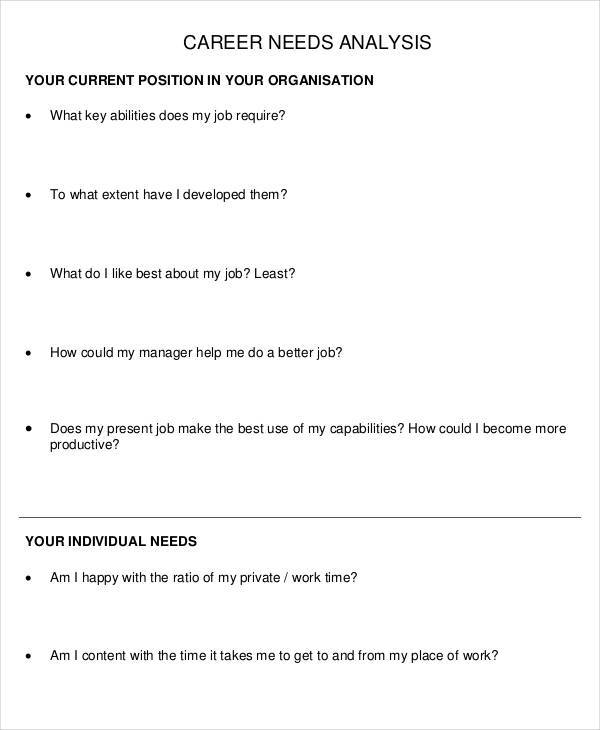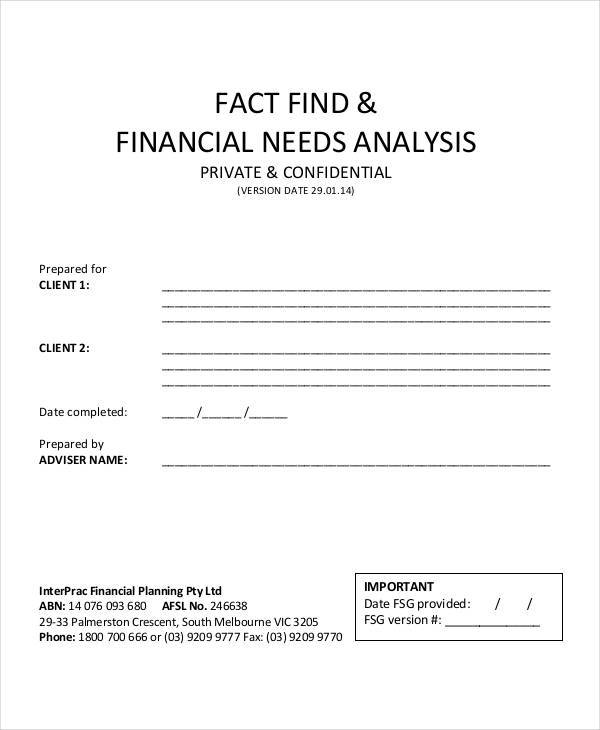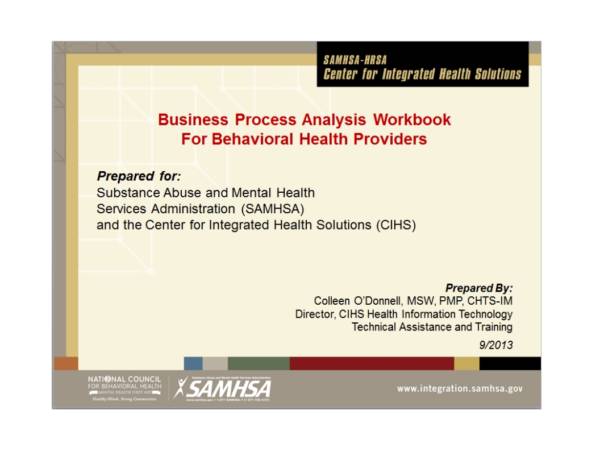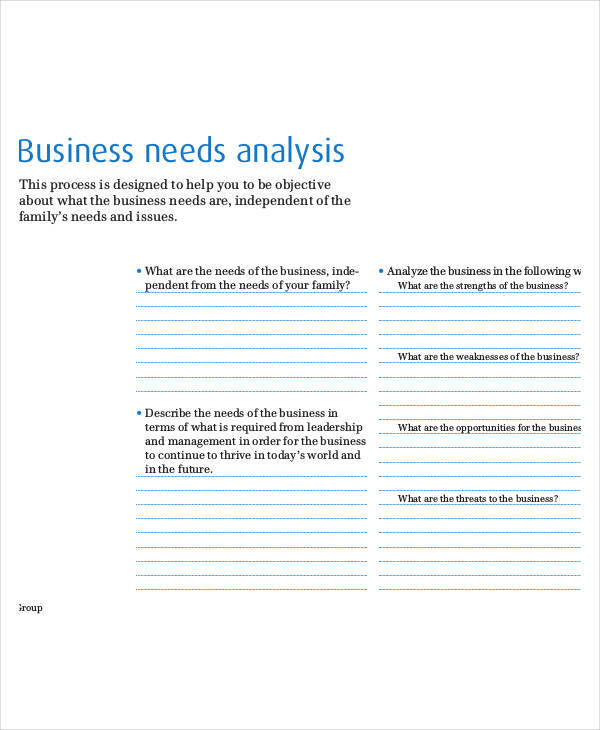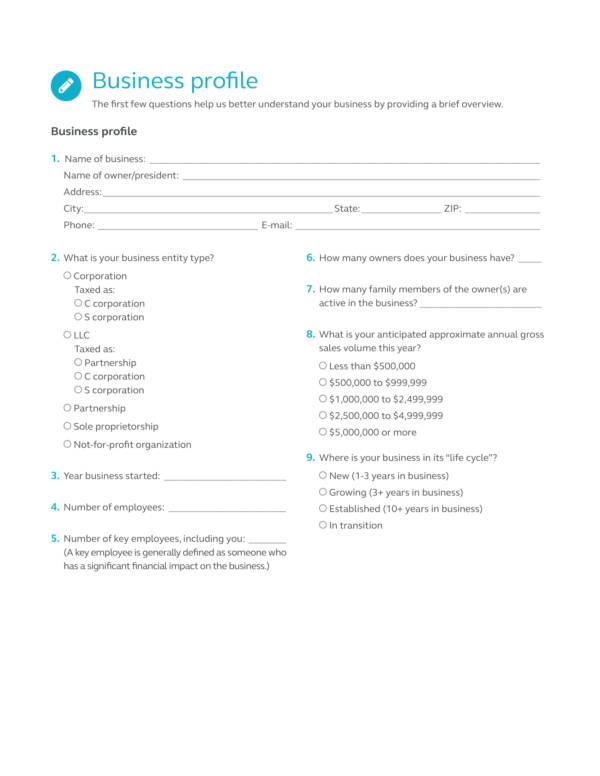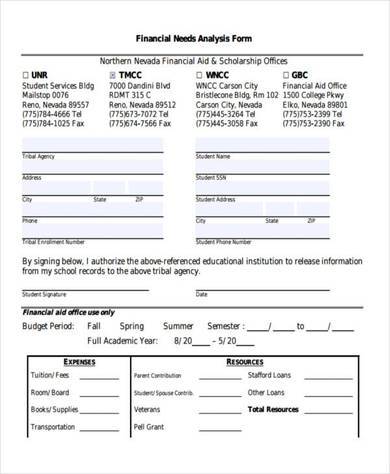For businesses, a business needs analysis is used to identify the needs of a business and how to be able to best address the identified needs. We will further discuss about business needs analysis in this article. We have also provided useful business needs analysis templates that can be used as guide or references. Check them out below.
Business Needs Analysis Template
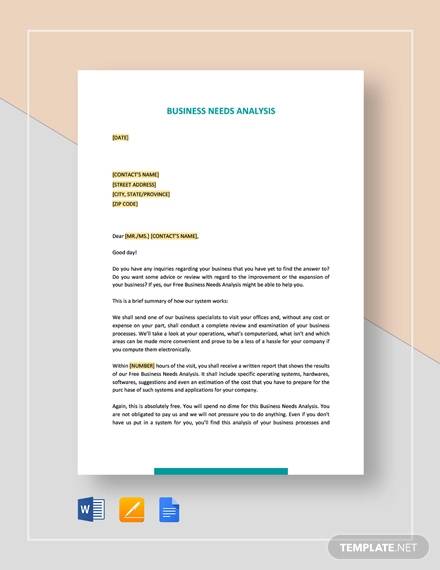
Sample Business Needs Analysis Template
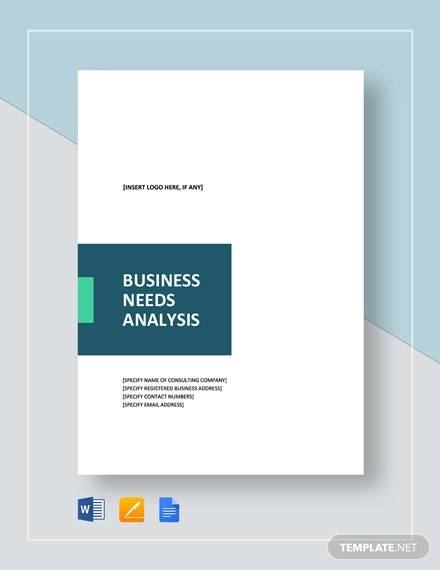
Business Needs Analysis and Checklist Template
Needs analysis is a process that focuses on identifying how a certain product is able to address the needs of human beings. The analytical technique in a needs analysis is used to gauge the marketability of a certain product or service, but it is not used as one of the tools in businesses.
Business Training Needs Analysis Template
Career Needs Analysis Template for Business
Financial Needs Analysis Template
Business Needs Analysis Document
What Is a Business Needs Analysis?
Needs analysis is not really considered as a tool used in business, but a business needs analysis is. It is defined as study that is conducted so that the needs of the business can be determined as well as find the necessary solution to the existing problems of the business. Aside form identifying what the business needs, this analytic technique is also used to identify the changes that must be made by the business or required for it to achieve the strategic goals that it has set for itself. These changes include modifying the different business processes that the business currently follows, providing training to existing staff and hiring new ones with specific set skills and capabilities that will help the business achieve its strategic goals, and purchasing of equipment and software that will help in the business operations.
Aside from business analysis, we also offer different articles related to analysis in general on you can find them all on our website. Some of the titles you may want to check out are Vendor Analysis, Company Financial Analysis Template, and Event Cost Analysis Templates.
Steps to Being an Effective Business Analyst
What does it take to become an effective business analyst? Well, you need to be prepared at all times and you need to be competent enough to do the tasks required of you. But, is that really everything that you need? Maybe not quite. Here are some steps that will definitely help you to become an effective business analyst.
- Get yourself oriented – As a business analysis, you don’t always get assigned to a project that you need to start on your own. Often you are assigned in a project that has already started and that already has an output provided. Working on it quickly is the ideal thing to do, however being hasty with making decisions especially without knowledge about what has been and what has not been done will lead you to the wrong direction. You first get yourself oriented to the project one step at a time and clarify your role as a business analyst. It may take a hours or a couple of days. As long as you understand and know where the project is at, you will be able to catch up with it in no time.
- Learn about the primary objectives of the business – One of the responsibilities of a business analyst in this step is to know the expectations of primary stakeholders and finding out why the project is being done. Learning about the primary objectives of the business helps ensure that you don’t end up with a solution that will solve the wrong problem, or a solution whose success cannot be guaranteed.
- Define scope – Having a clear and complete scope statement guides the business on the steps it must take in the business analysis process and other tasks that must be performed by other project participants.
- Creation of your plan for your business analysis – Through a business analysis plan, a lot of questions about you and your project team are being answered. Part of your responsibilities as a business analyst is to identify the timelines for the business analysis deliverables to be completed.
- Detailed definition of requirements – Having a defined your requirements clearly and in a detailed manner makes the scope of your project implementable. With complete and detailed information on their hands, your team will be able to connect the dots in the project. Detailed requirements are needed by your team to implement the solution to your problems identified in the project.
- Providing support during technical implementation – One of the teams that you will be working with as a business analyst is the technical implementation team. Part of your responsibilities is to provide this team with the support they need so they can fulfill the benefits that the project intends to produce.
- Provide help in implementing the solution – While supporting the technical implementation team is important, providing the business all the help that it needs in the implementation of of the solution is another equally important thing. As a business analyst, you must ensure that all of the members of the business community are prepared to accept the changes specified in the project.
- Make an assessment of the value created by the solution – After everything has been implemented, you would want to monitor and assess the values created by the solution that has been implemented. The completed assessments you lead you to new opportunities for more project improvements and so you start all over again for a new project.
With the use of these steps you can surely become an effective business analyst, together with a lot of practice to gain more experience. You may also be interested on other related articles, like Needs Analysis, Sample Training Needs Analysis Templates, and Medicare Coverage Analysis Templates.
What Is an Organizational Needs Analysis?
As its name implies, an organizational needs analysis is a type of needs analysis that deals mainly about the strategies, goals and objectives of an organization. Through the analysis, what the organization tries to accomplish overall can be identified or determined. Other important questions are being answered by an organizational needs analysis and that includes:
- Why training is desired by the organization?
- Who made the decision that training is needed and that it should be conducted?
- Why is training seen as the solution to the problem of the business?
- What was the organization’s history with regard to providing training to its employees?
- What other management interventions are required or needed?
Business Needs Analysis Template
Business Needs Analysis and Fact Finder Template
Customer Needs Analysis Template for Business
Business Financial Needs Analysis Template
Strategic Needs Analysis Template
7 Types of Business Needs Analysis
A business analysis helps in identifying the changes in the business that are valuable to it. There are 7 main types of business needs analysis and they are SWOT analysis, gap analysis, benchmarking, capability analysis, variance analysis, problem analysis, and requirements analysis.
SWOT Analysis
A SWOT analysis is a simple process of analyzing the needs of a business by determining its strengths, weakness, opportunities and threats. With a SWOT analysis, brainstorming can be done as a starting point of a discussion which can help engage stakeholders in the process. Important and related information can be easily gathered with this type of analysis and it also allows other members of the business team to provide their opinion or output about the matter at hand. It can also be conducted by anyone in the company or business who has in depth knowledge about the business and the industry. This eliminates the need to pay for an outsider who may give the wrong analysis in the end. Although a SWOT analysis is very useful in gathering information, it does not provide ways or methods on how to use or solve issues identified by the analysis.
Gap Analysis
Identifying the gap between your actual performance against the with the performance desired from a business is what a gap analysis is used for. It is mainly used to identify the gaps of the business that can reveal areas that will help in making certain improvements. The activities involved in gap analysis are determining areas where there are gaps, documenting them, and improving the differences that has been identified between the business requirements and the businesses current capabilities.
Benchmarking
The essential business activity that will help you understand your competitive advantages and disadvantages is through benchmarking. It is a type of business needs analysis that is similar to gap analysis. In benchmarking, you will be comparing your business results not to your competitors in the industry, but to your peers in the same industry you are in.
Capability Analysis
Capability is defined as one’s power or ability to do something. What a company or business is capable of doing is examined in a capability analysis. With this type of analysis, existing business capabilities and future business capabilities are being looked into and ensure that they support the strategies of the business. A capability analysis focuses on what the business is capable of doing without other details about other processes or procedures.
Variance Analysis
Variance analysis is the type of analysis used so that businesses can maintain control over their business. Computation for variances can be both be done to determine costs and revenue. It is also defined as the difference between a standard cost, a budgeted cost, and the actual cost sold.
Problem Analysis
Failures, causes of incidents and issues are being investigated in a problem analysis. The analysis tries to determine the root cause of the identified problem or failure so as identify what can be improved in the operations, processes, designs, culture and systems of the business.
Requirements Analysis
A requirement analysis is a type of analysis that involves gathering of raw requirements from business owners or subject matter experts to transform them yo ensure that they are feasible, doable, measurable and testable. The analysis itself is a process that involves activities that will determine, validate, and document the specifications of a project and other changes.
All 7 types of business analysis are useful to every business depending on what areas they need to work on and analyze.
We hope that you are able to learn about business needs analysis in this article. Other related topics you may fins useful are Sample Employee SWOT Analysis Template, Functional Behavioral Analysis Sample, and Workforce Analysis.
Related Posts
FREE 10+ Fishbone Root Cause Analysis Samples in PDF
FREE 11+ Cost Volume Profit Analysis Samples & Templates in PDF | MS Word
FREE 6+ Corporate Portfolio Analysis Samples in PDF
FREE 10+ Fault Tree Analysis Samples in PDF
FREE 10+ Comp Analysis Samples in PDF
FREE 10+ Fishbone Analysis Samples in PDF
FREE 10+ Individual Swot Analysis Samples in PDF
FREE 10+ 5 Year Analysis Samples in PDF
FREE 10+ Benefit Costs Analysis Samples in PDF
FREE 10+ Job Hazard Analysis Samples in PDF
FREE 10+ Primary Source Analysis Samples in PDF
FREE 10+ Critical Path Analysis Samples in PDF
FREE 10+ Competition Analysis Samples in PDF
FREE 10+ Activity Hazard Analysis Samples in PDF
FREE 10+ Risk Benefit Analysis Samples in PDF

